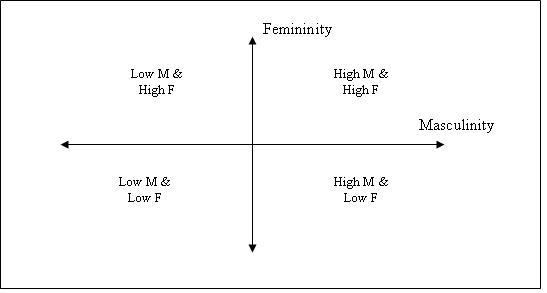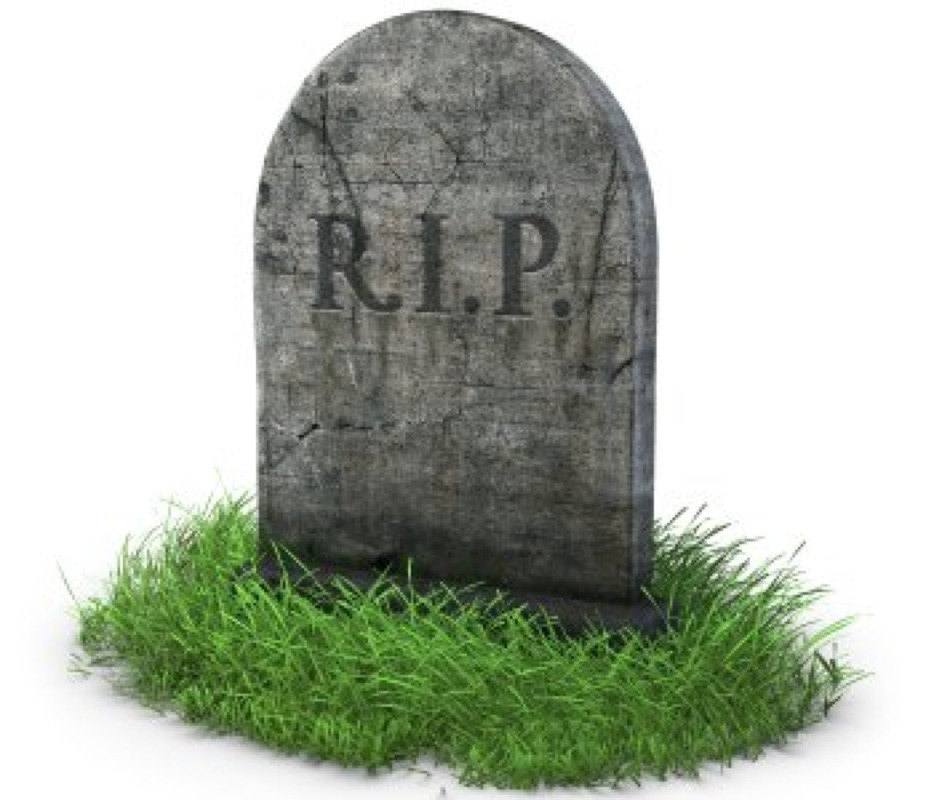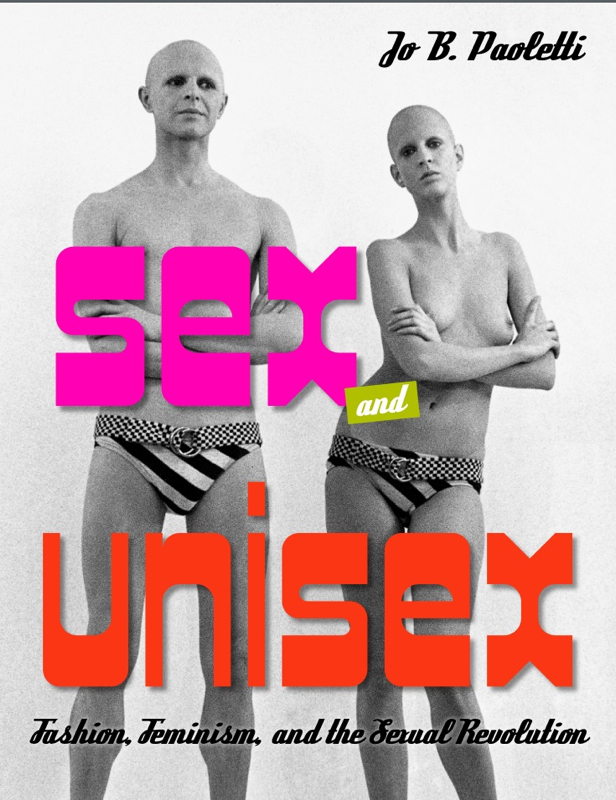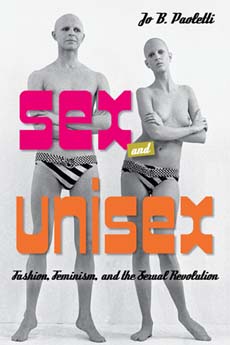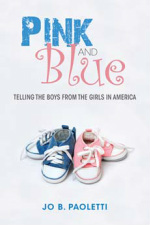“If “gender” includes the way in which we subjectively experience, contextualize, and communicate our biology, do you think that living in a world without “gender” is possible?”
|
Terrific interview with feminist author Judith Butler, in which she answers the question:
“If “gender” includes the way in which we subjectively experience, contextualize, and communicate our biology, do you think that living in a world without “gender” is possible?” I couldn't resist, and maybe you couldn't, either. Quizdoo posted a "What is Your True Gender" quiz, and of course I had to take it. Here are my results. For anyone who knows me, this is hardly surprising. I am not now and never have been a girly girl, but I do like my rom coms and chocolate. My fashion preferences are solid color basics (and lots of them) with a few carefully-selected prints added to relieve the boredom. So what's the problem with the quiz? (Besides the sad confusion of sex and gender in the title.) If you guessed the hidden binary, you're right! After all, the possibilities are essentially female, male, or a combination of the two. So whoever made up the quiz was visualizing gender as a line with masculinity and femininity as opposites. They do get extra points for recognizing that between the male and female extremes there might be a continuum, but it still perpetuates a binary, oppositional model of masculine and feminine. Fo years ago, psychologist Sandra Bem introduced a new model that, while still based on the gender binary, made much more sense to me. Instead of a line with femininity and masculinity at either end, she proposed a model with a feminine axis and a masculine axis, creating four quadrants. The upper left quadrant she labelled "feminine" and the lower right, "masculine". The opposite diagonal represents all the people who would end up in the middle of the binary model, but she considered another possibility: some people are neither very masculine nor very feminine ("undifferentiated"), and others might score highly on BOTH measures ("androgynous"). She also developed the Bem Sex Role Inventory (BSRI), an instrument designed to measure individuals gender identities and sort them into one of the four axes in her model. (You can take a version of it here.) My results from the quiz would place me in the middle of the binary model, slightly toward the masculine end. My BSRI results: "You scored 72.5 out of 100 masculine points, 65.833 out of 100 feminine points, and 58.333 out of 100 androgynous (neutral) points." locate me in the upper right, "androgynous" quadrant, since I identify fairly strongly with both masculine and feminine traits. The BSR I is hardly the last word. After all, it was created over 40 years ago, and it still retained a skeletal binary framework. But before you take your Quizdoo results too seriously, consider just what a multidimensional wonder each of us is.
I've said it before, and I'll say it again: it isn't the signifiers, it's what they signify. OK, I haven't said that before in so many words, but it is the underlying theme in all of my work. The problem is the binary. Humans seem to love catagorical thinking and the gender binary is one of the most powerful set of sorting boxes we have. The problem is that the boy-girl binary has no basis in science. Even if you only sort babies by their outsides, some will end up as "other". If you add in chromosomal or hormonal analysis, the binary falls apart. So why reinforce it? Why ENFORCE it? Because doing so is cute/fun/harmless/traditional? As this article clearly shows, enforcing the binary is far from harmless. For the thousands of intersex individuals surgically reassigned as infants, insinuating on either-or was devastating. It's time to bury the binary. |
Jo PaolettiProfessor Emerita Archives
January 2023
Categories
All
|

